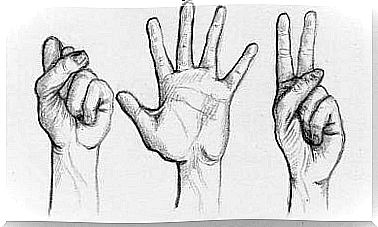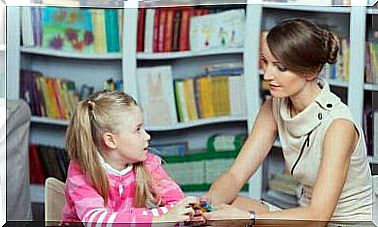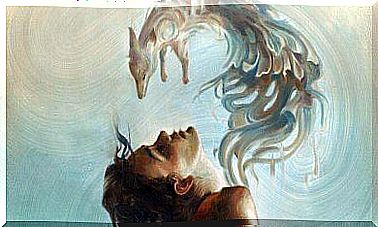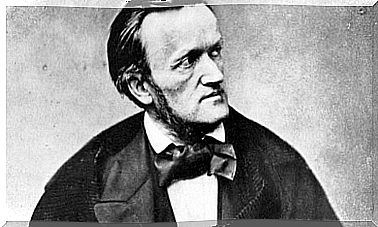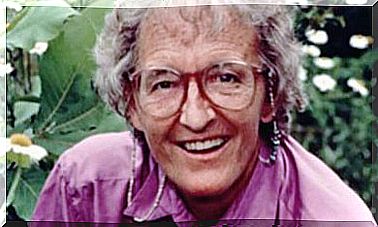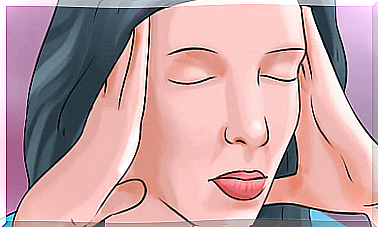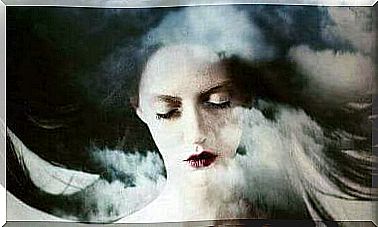Bipolar Disorder In Children
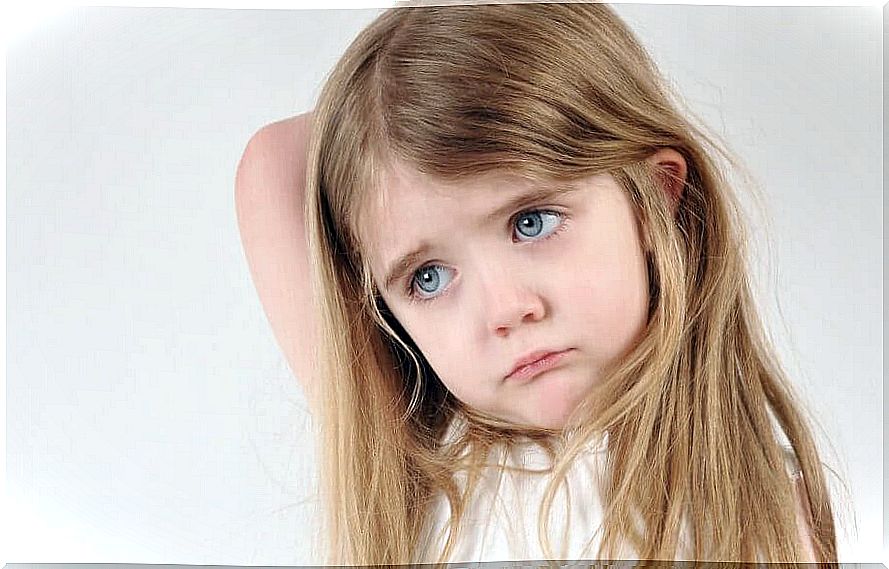
Have you noticed that your child has very intense moods? Does he have extreme behavior changes? Do you have very sad periods and suddenly show yourself with enthusiasm and exaggerated joy? If this type of behavior happens constantly and is part of a daily routine, perhaps it is time to find out more about bipolar disorder in children.
Not all sudden and intense mood swings in children mean that this disorder actually exists. This can only be confirmed by a mental health specialist after proper evaluation.
Although most cases are diagnosed in older children and teenagers, it can happen at any age. Let’s delve into this.
What does bipolar disorder in children consist of?
Bipolar disorder affects children’s mood and energy by causing sudden changes in their emotions.
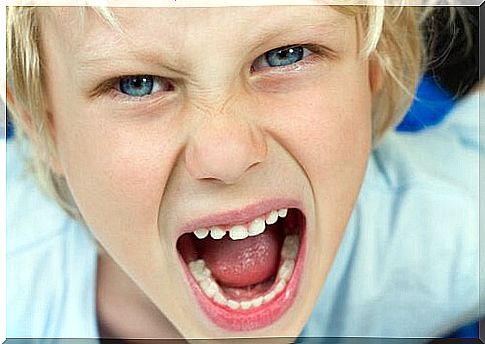
Sometimes they feel very happy, overjoyed and don’t stop, they just go from one place to another. This is an unusual period of exaltation. This state is known as mania. Other times they feel very sad, feel a malaise that influences their activity and energy level, which is known as depression.
Unlike adult bipolar disorder, children experience manic and depressive symptoms on the same day, or they can appear simultaneously. For this reason, bipolar disorder in children can be more severe at this stage than in adolescence or adulthood.
However, it is important to note that bipolar disorder is not the same thing as having normal ups and downs in behavior and mood that can happen to any child. In fact, children who suffer from this disorder have a lot of difficulty with their schoolwork and socializing with their peers and family.
the craze
The essential feature of a manic episode is a period defined by an abnormal and persistently heightened, expansive, and irritable sense of humor. It is also characterized by an abnormal or persistent increase in activity or energy.
The sense of humor in a manic episode is often described as euphoric, overly cheerful, or feeling above all else.
In children, joy and silliness are normal in the context of special circumstances. If these symptoms are recurrent and inappropriate for the context or beyond what is expected for the child’s developmental level, we must pay attention.
High levels of activity and grandeur
During the manic episode, the child can engage in many new and sneaky games. Even, often, at inopportune moments. In addition, he has a high self-esteem that ranges from self-confidence lacking criticism to a strong grandiosity that can reach delusional dimensions.
The conviction these children have about their own greatness remains present despite clear evidence to the contrary. In addition, the child can perform clearly dangerous feats.
Less need for sleep
One of the most common features of mania is a reduced need for sleep. This is different from having insomnia. In insomnia, the person wants to sleep or feels the need to sleep, but cannot. In an episode of mania, the person sleeps little and wakes up several hours before normal time, feeling rested and full of energy.
Often, less need for sleep is a sign of the start of a manic episode.
depression
Depression refers to a set of related symptoms that come and go together. This set is usually composed of sadness, irritability, loss of interest, fatigue, feelings of inferiority and guilt, psychomotor sluggishness, insomnia, suicidal thoughts, lack of appetite, weight loss and difficulty concentrating.
It is important to remember that children often feel sad, discouraged, irritable, tired, or guilty. It is necessary to differentiate the joint appearance of these normal behaviors from the presence of a depression syndrome.
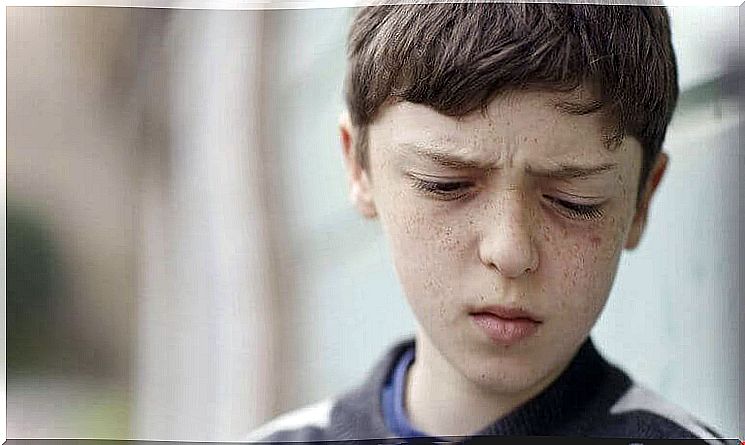
Thus, for example, it is necessary to differentiate a normal state of lack of motivation and complaints of boredom in the face of certain activities, from the depressive symptom of persistent and generalized lack of interest in all kinds of activities.
It is also necessary to differentiate between an unwillingness to eat and a tendency to delay eating from the severe loss of appetite that is a depressive symptom. It is necessary to differentiate the typical tiredness of long school and extracurricular days from the continuous depressive fatigue.
Bipolar Disorder Symptoms in Children
Children who have a manic episode may feel exceedingly happy; they may suddenly express their bad temper; talk quickly about many different subjects; having difficulty staying asleep but feeling rested; have concentration problems; have dangerous behavior, etc.
Children who experience a depressive episode can feel very sad. They may also have somatic complaints, such as headaches or stomachaches; sleep too little or too much, feel inferior to others or feel guilty.
They may also have low energy and lack of interest in fun games, even to the point of thinking about death or committing suicide.
What is the cause of bipolar disorder in children?
As with many other disorders and illnesses, there is no single cause to explain the origin of bipolar disorder in children. There are many factors that can lead to this.
Genetics play a very important role in the development of bipolar disorder in children, as it is hereditary. Thus, children with a family history of bipolarity are more likely to develop the disorder.
On the other hand, it is also hypothesized that there is some form of abnormality in the structure or function of the brain. An interesting fact for reflection is that bipolar disorder is more common in rich countries than in poor countries.
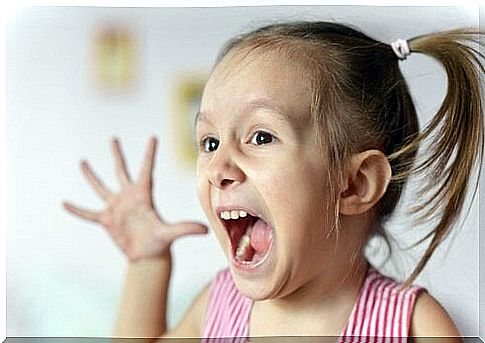
If your child has bipolar disorder, you should know that the treatment is similar to that used in adults. Treatment can help control symptoms and works best when it is continued and not interrupted. Medications are often helpful for mood stabilization.
With proper treatment, children suffering from this disorder should improve over time. However, it is often normal to try several times before finding the ideal treatment for each person.
Bibliography:
- Comeche Moreno, Mª Isabel. Conduct therapy manual in childhood. Dykynson-Psychology. Madrid, 2012.
- American Psychiatry Association (2014). Diagnostic and statistical manual of mental disorders (DSM-5), 5th Ed. Madrid: Editorial Médica Panamericana.
